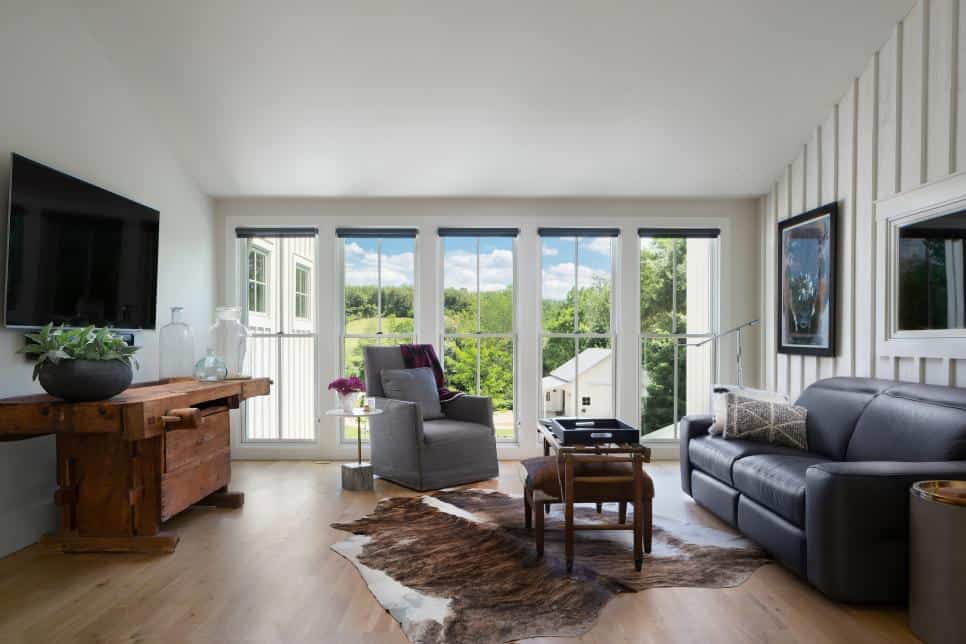
Selecting the right design amongst multiple types of windows is not an easy task. You must consider several factors before deciding on the kind of window you wish your house to be adorned with.
Given the wide variety and different types of windows you can choose from, you must remember the factors that make a window an essential part of any house.
Types of Windows: Top Designs and Styles
Since different types of windows serve different purposes, it is important to consider your living space as well as the aesthetic you are aiming for before choosing a window for your house. Whether you are looking for new home windows or seeking to replace old ones, here are some of the models you can consider.
1) Single Hung Windows
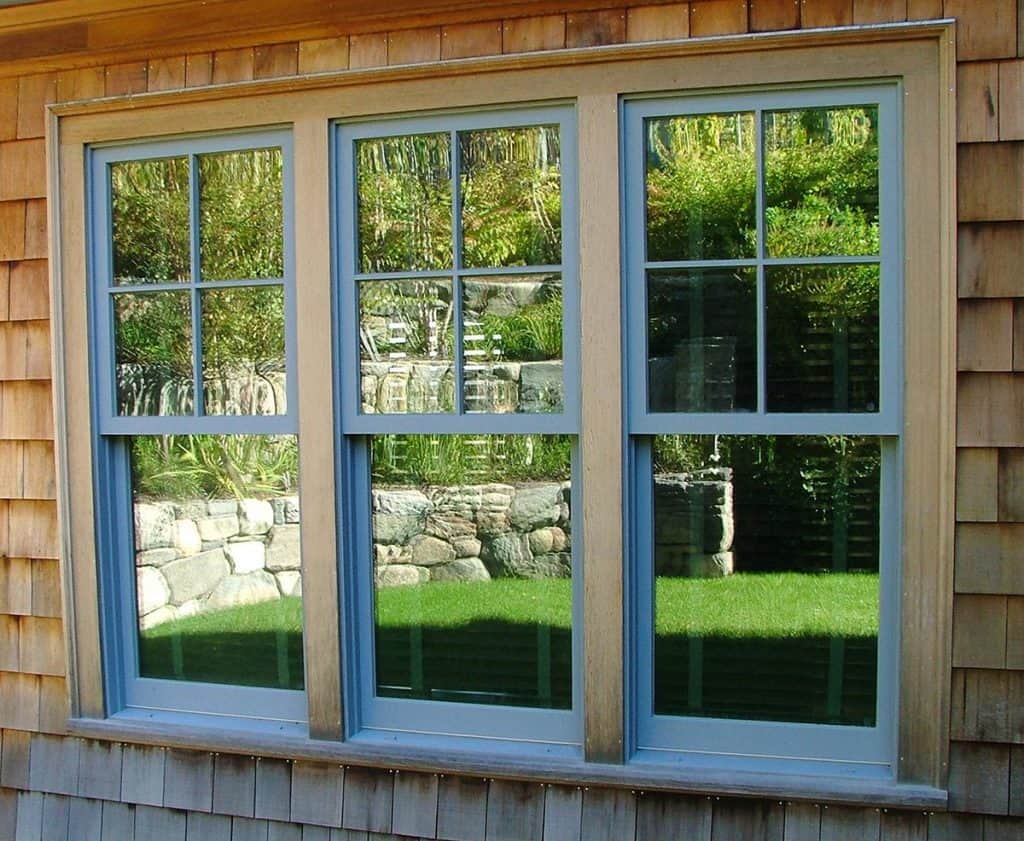
A single hung window is a type of window which can only be opened from the bottom sash. The top sash is stationary. Single-hung windows do not open outwards, thus making them the best choice for rooms facing walkways or other crowded spaces.
Pros and Cons of Single Hung Windows:
Single-hung windows can be easily installed and compliments almost every home design. Moreover, it is affordable and perfectly equipped to function even in houses facing streets and pathways.
Since the lower stash is the only functional one in this type of window, ventilation can be limited. In addition, single-hung windows make cleaning difficult, especially since the top sash is stationary. You can only clean the outside of the top panel by accessing it from outside the house.
2) Double Hung Windows
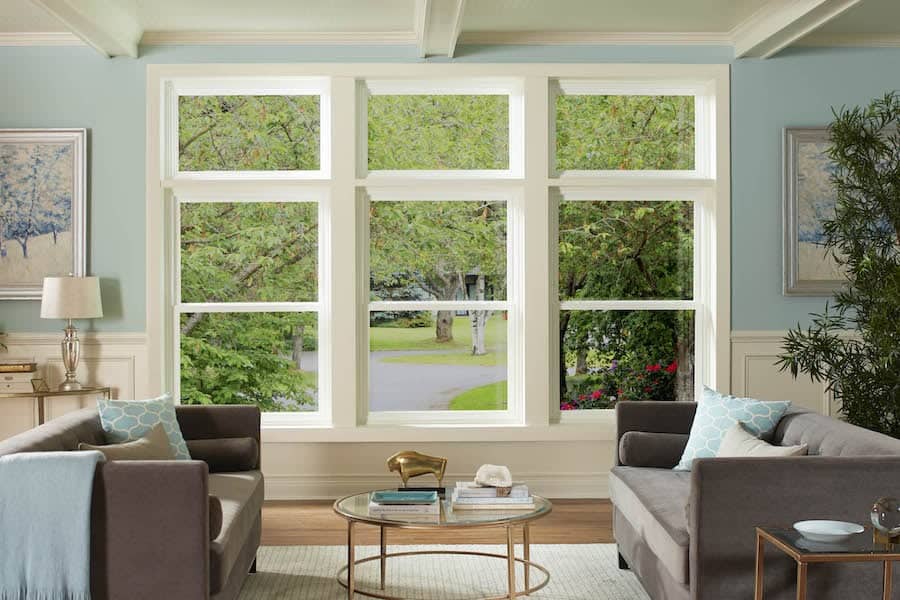
Double-hung windows are highly similar to single hung windows, except that, unlike the latter, both the bottom window panel as well as the top panel can be opened and closed at your convenience. This allows homeowners to have a variety of options when it comes to ventilation since either or both halves of the window can be kept open or closed.
Pros and Cons of Double Hung Windows:
These types of windows are easy to maintain, cost-effective, and energy-efficient. They are also easy to use and allow you to stay indoors while cleaning the window. Double-hung windows also come in a huge variety of designs.
They are more expensive than single hung windows. Moreover, depending on the materials and functionality, double-hung windows are not always airtight.
3) Picture Windows
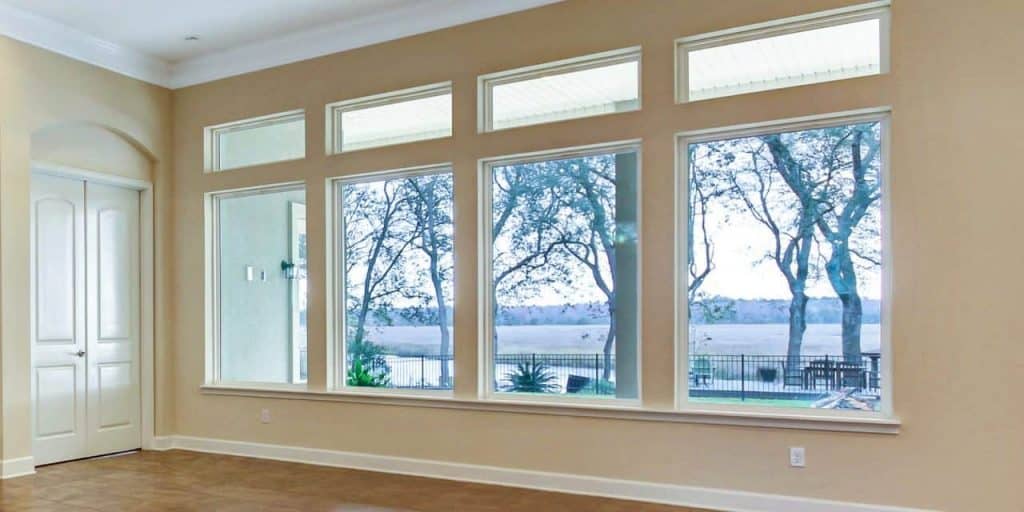
Picture windows are fixed and cannot be opened or closed. These types of windows are large, stationary panes designed to frame a particularly beautiful outside view. Since picture windows are available in a wide variety of sizes, they can be placed around the house as per your preference.
Pros and Cons of Picture Windows:
Picture windows provide you with an expansive view and increase the aesthetic appeal of your house, especially if placed in a configuration with other windows. Picture windows also let in lots of natural light, illuminating the interiors of your house and making the rooms look brighter.
One of the most obvious disadvantages of picture windows is the lack of ventilation.
4) Sliding Windows
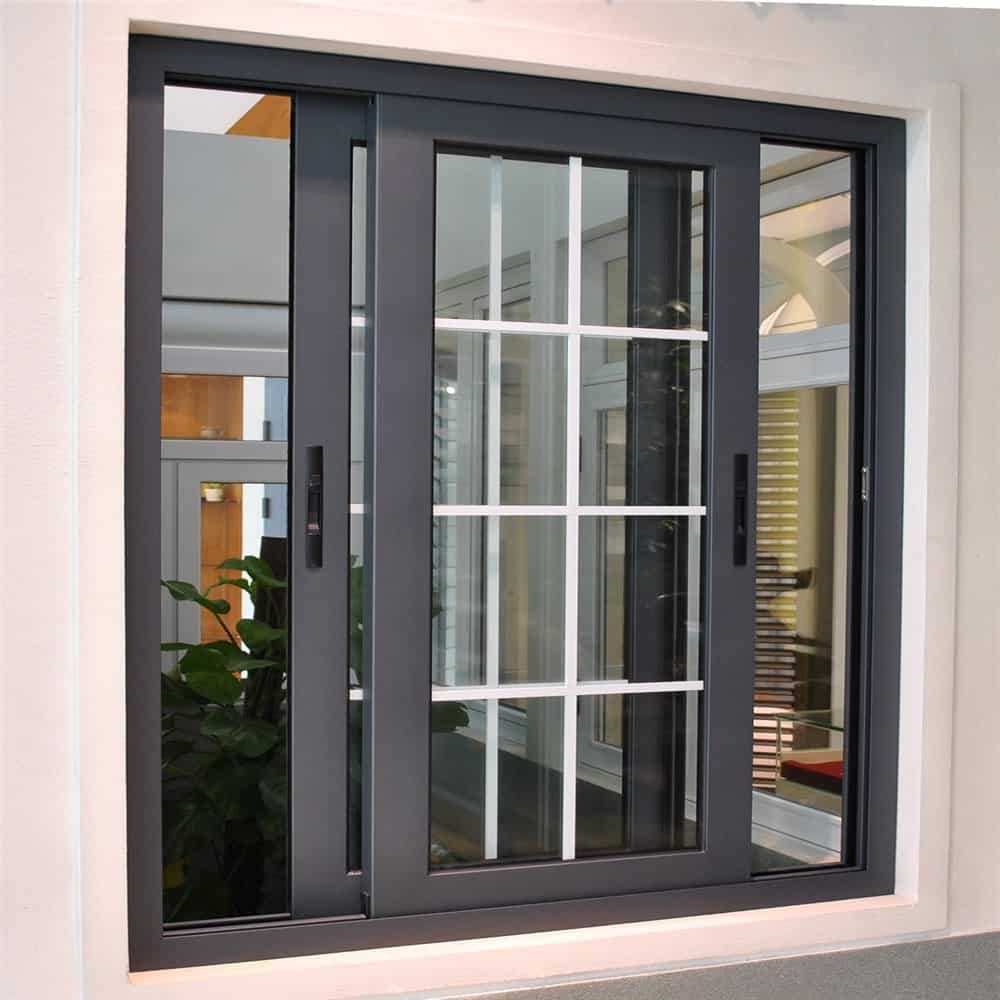
Sliding windows consist of two or more sashes that are fitted closely in such a manner to facilitate a smooth back and forth sliding motion that keeps the window open or closed. These types of windows offer panoramic views and are easy to operate.
Pros and Cons of Sliding Windows:
Sliding windows not only provide increased ventilation but also keep out heat, dust, and noise. Moreover, the minimal framing offers you an unobstructed view outside.
While it is fairly easy to clean the inside of sliding windows, it is not as easy to clean the outside. There is also a chance of dirt and debris accumulating on the sliding track.
5) Casement Windows
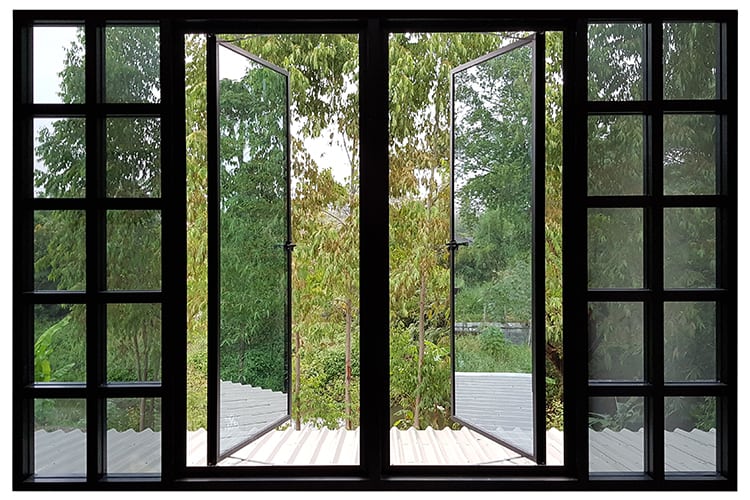
A casement window is a single sash window that opens inwards or outwards on its side hinges. This type of window is often chosen for tall, narrow window openings. Since most casement windows can open completely, you can rest assured that your house will be well-ventilated.
Pros and Cons of Casement Windows:
Casement windows are energy-efficient, easy to maintain, and provide your rooms with proper ventilation. These types of windows are also easy to wash, thus making the task of maintaining them less cumbersome.
The hinges of casement windows should be carefully examined before installation. They should also be checked periodically to ensure the proper functioning of these windows. They are not always secure and have size limitations.
6) Awning Windows
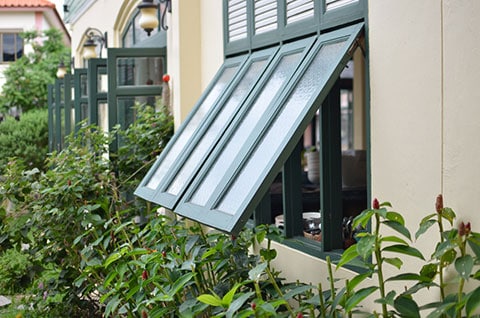
Awning windows are hinged at the top and tilt outwards. They are ideal for houses in regions that receive frequent rainfall. These types of windows require a certain amount of free space to be opened fully. They cannot be installed where plants or other kinds of barriers may be present just outside the window.
Pros and Cons of Awning Windows:
Awning windows can be effortlessly operated and easily maintained. They also provide good insulation and help prevent snow and rain from entering the house.
Since awning windows tilt outwards, one needs to clean the exterior part of the window from the outside. This might be a problem, especially if the windows are high up and cannot be easily accessed.
7) Bay Windows
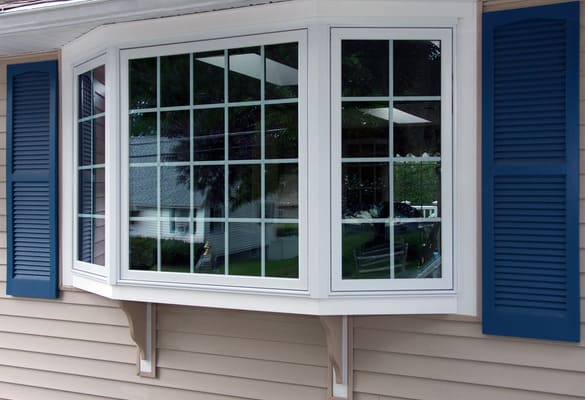
Bay windows have an outward frame that extends the area of the room, giving it a luxurious touch. They are mostly flat windows set into a hexagonal frame, thus allowing more natural light into the room, making it seem brighter. These types of windows are commonly used in the upper stories of a house.
Pros and Cons of Bay Windows:
Bay windows add space to your room and give it an elegant look. They also provide a panoramic view outside.
These types of windows are not recommended for those who disapprove of extra light in their rooms. Moreover, bay windows tend to be expensive since the frame is mostly customized.
8) Bow Windows
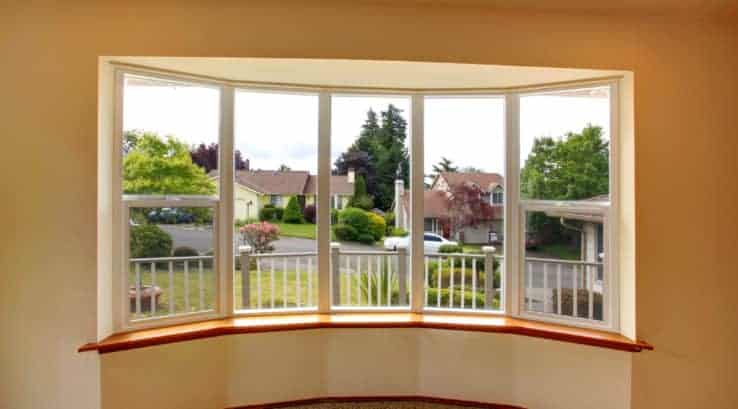
A bow window is just another variation of the bay window. The bow window is curved, creating an arch along the exterior, unlike the bay window with hexagonal and straight edges.
Pros and Cons of Bow Windows:
Bow windows add space to your room and offer a panoramic view. It also adds an elegant touch to the house.
These window types are expensive and difficult to clean. They are also not for people who prefer less light in their rooms.
9) Jalousie Windows
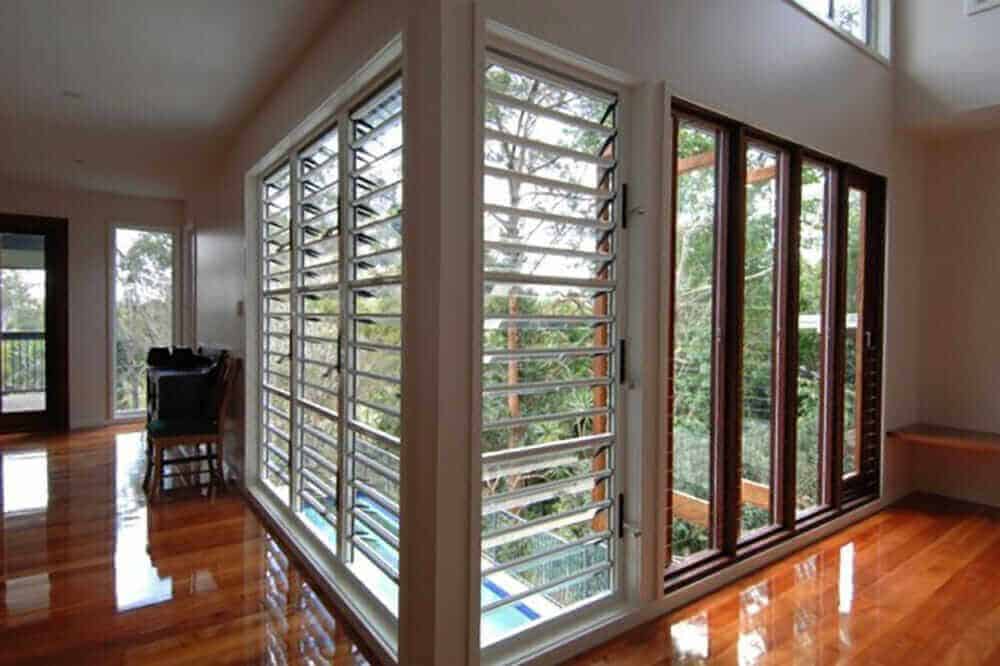
This type of window prioritizes proper ventilation. Jalousie windows, which open like a set of blinds, match any type of house aesthetic. With their slanted design, these kinds of windows can even maintain airflow during storms or rains.
Pros and Cons of Jalousie Windows:
In addition to providing proper ventilation at all times, Jalousie windows increase the aesthetic appeal of the house.
These kinds of windows are not as secure when compared to other window types.
10) Transom Windows
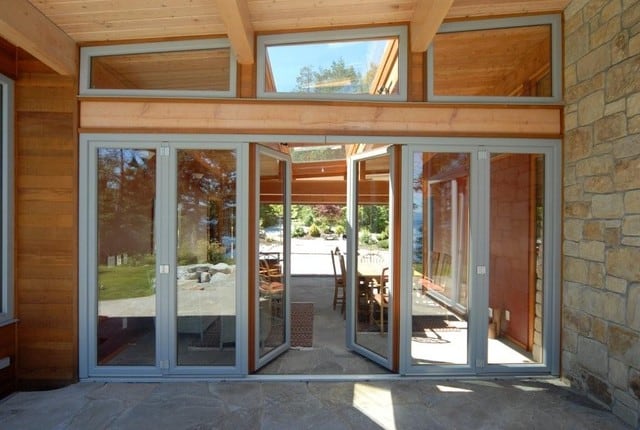
Transom windows are often used as decorative pieces but along with beautifying a house, they provide proper ventilation and insulation. They are also available in a wide range of designs and styles.
Pros and Cons of Transom Windows:
Transom windows help build a beautiful home accent. They also let in lots of light and airflow.
This kind of window might be difficult to clean and maintain.
11) Skylight Windows
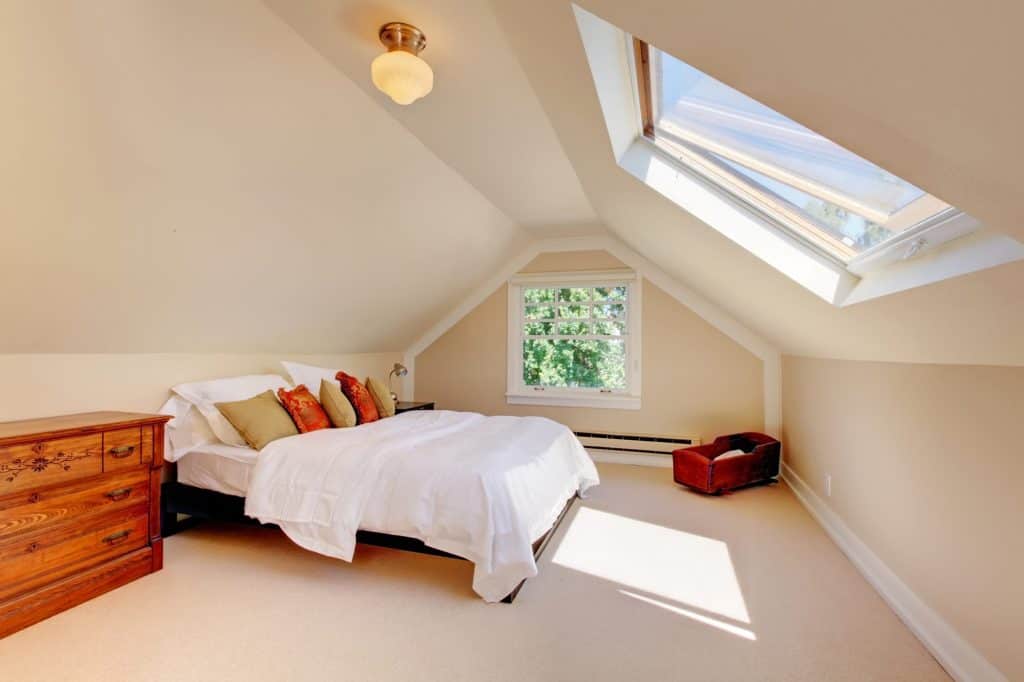
A skylight window is the best option for people who prefer natural light flooding their rooms. Usually installed in a roof or ceiling, this type of window is commonly seen in cabins and vacation houses, particularly because it provides a pleasing view of the sky.
Pros and Cons of Skylight Windows:
Skylight windows have the potential to brighten any dark room with natural light. Moreover, it is aesthetically beautiful and goes well with almost any interior. Some skylight windows can be customized with heat-resistant coatings or remote-controlled blinds as per your preference.
It is difficult to install and maintain these types of windows, especially because they are expensive and often prone to damage from hail or other weather-related causes. They also cause roof leaks at times, which can be a hindrance to the residents of the place.
Whether you are purchasing new windows or simply replacing old ones, choose the types of windows that meet your budget and complement your home. The right kind of window is always a good investment.
FAQs : 11 Types of Windows For Your Home
1. What are the different types of windows ?
The different types of windows include single and double-hung windows, awning and casement windows, picture windows, bay and bow windows, transom windows, jalousie windows, and skylight windows. Since different kinds of windows serve different purposes, it is important to weigh the pros and cons of each type carefully before deciding on what kind of windows you need for your home.
2. What are the factors one must consider while buying or replacing windows ?
Several factors including your budget and the architectural style of the house must be taken into consideration while purchasing new windows or replacing old ones. The cost of installation will vary depending on the type of windows you choose to buy. The size of the windows as well as the material you intend to use will also play a huge role in determining the total cost.
3. What is the ideal type of windows for most houses ?
Several window structures can complement the style of your house. Single or double-hung windows are ideal for most houses but there are other kinds like bay or bow windows that can provide visual interest or arched windows that can give your house a unique look.
4. Is proper planning necessary before replacing old windows ? ?
Proper planning is of utmost importance while replacing old windows and installing new ones. Not only are you going to spend a considerable amount on the installation but also depend on these windows for proper lighting and ventilation. It is necessary to plan what kind of windows you want to install and decide on the best kind of windows that can light up your home.
5. What is the best time to replace windows ?
The best time to replace your windows is during the beginning of summer or spring. This way, the weather will be predictable and you won’t be letting in rain or cold winds into your house.






